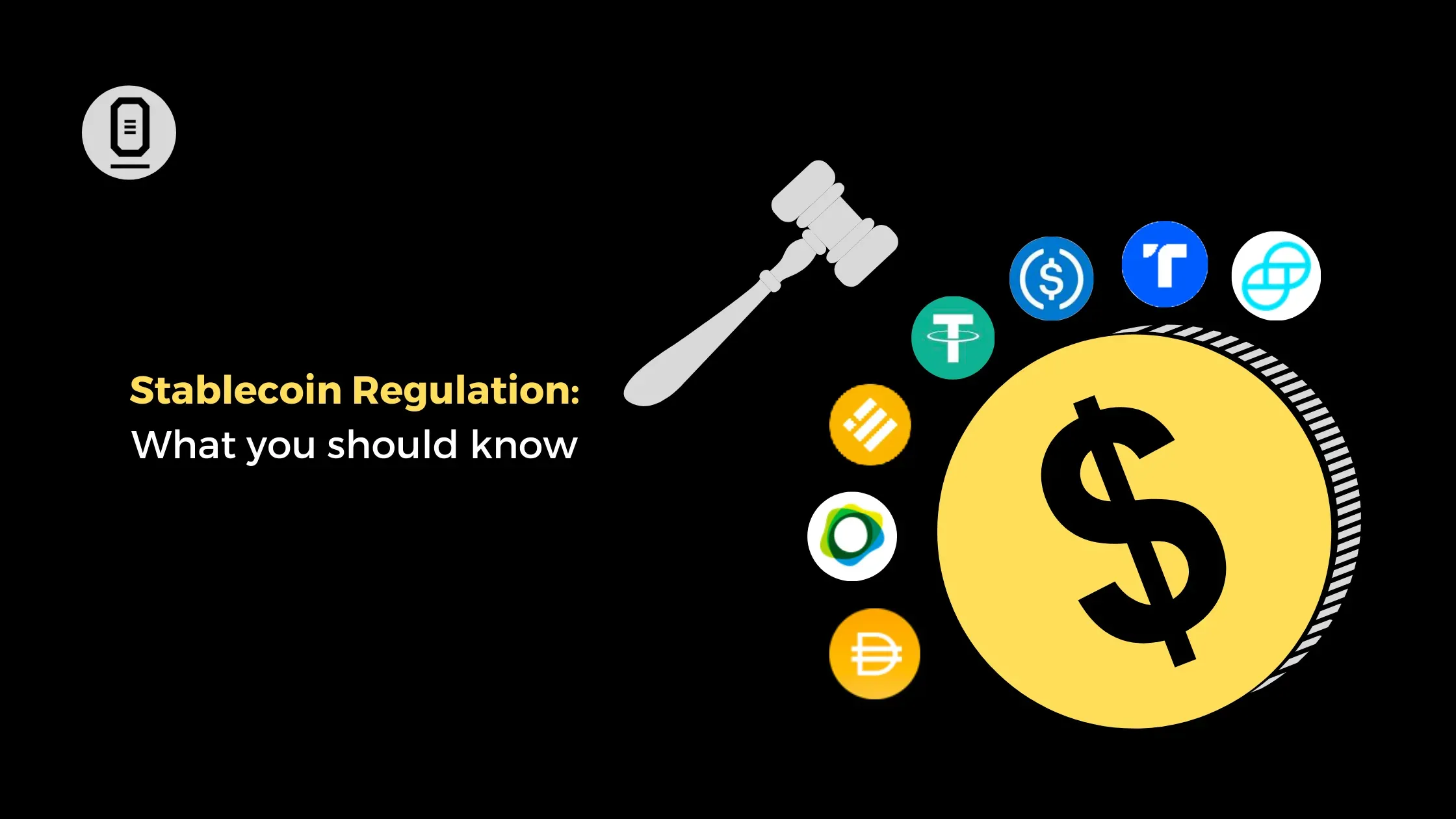Stablecoin regulation is fast becoming a critical issue as the crypto landscape evolves, particularly during the 2024 elections where unprecedented financial backing has been directed towards pro-crypto legislation. With stablecoins, which are digital currencies pegged to the value of traditional currencies like the U.S. dollar, gaining significant traction, legislators are increasingly focusing on how to regulate this burgeoning sector. The total market cap of stablecoins has surged from $152 billion to approximately $235 billion within a year, indicating widespread adoption and usage. Supporters of stablecoins argue the technology not only promotes financial inclusion but also strengthens the U.S. dollar’s position in global finance. As businesses and consumers alike continue to embrace these digital assets, the regulatory framework surrounding them will significantly impact the future of crypto legislation in 2024 and beyond.
The governance of digital currencies, especially those designed for stability like stablecoins, is at the forefront of financial discussions today. These assets, which are created to mirror the value of conventional currencies, present a fascinating opportunity for financial inclusion and cross-border transactions. As the market for these digital dollars expands, regulatory bodies are considering how to establish comprehensive frameworks that protect consumers while promoting innovation. Proponents from various political backgrounds stress the importance of clear guidelines to safeguard the use of stable currencies and manage risks, particularly as the overall impact of stablecoins on the global economy becomes clearer. The legislative efforts surrounding the regulation of these digital assets will likely define the crypto landscape for years to come.
Understanding Stablecoins: A Financial Overview
Stablecoins represent a significant innovation in the financial landscape, designed to offer the stability of a traditional currency while leveraging the advantages of blockchain technology. Unlike volatile cryptocurrencies such as Bitcoin and Ethereum, stablecoins aim to maintain a stable value, typically pegged to a fiat currency like the U.S. dollar. For those new to the concept, stablecoins are essentially digital tokens that can be exchanged for a dollar at a one-to-one ratio, providing an accessible and reliable means of digital transaction for users around the globe.
The impact of stablecoins on the global economy is considerable, with their market cap soaring to approximately $235 billion, a substantial increase from $152 billion in the previous year. This growth underscores the importance of understanding stablecoins not just as a speculative asset, but as a tool for facilitating international trade and remittances. As stablecoin regulation becomes a pressing focus of crypto legislation in 2024, it’s essential to grasp how these digital currencies operate and their potential implications for the wider financial system.
Frequently Asked Questions
What is stablecoin regulation and why is it crucial for the crypto market?
Stablecoin regulation refers to the legal framework that governs the creation and management of stablecoins, which are cryptocurrencies designed to maintain a stable value against traditional fiat currencies like the US dollar. This regulation is crucial as it helps build trust, ensures consumer protection, and addresses systemic risks that could arise from failures in the stablecoin market. With the projected growth of the stablecoin market cap, regulatory clarity will enable financial institutions and newer entrants to confidently engage in this innovative sector.
How does the 2024 crypto legislation impact stablecoin regulation?
The 2024 crypto legislation aims to create a robust framework for stablecoin regulation, addressing issues of transparency, reserve requirements, and consumer protections. Pro-crypto legislators advocate for these regulations to ensure that stablecoins can enhance financial inclusion while mitigating risks such as market volatility and potential bank runs. By defining clear guidelines, the legislation seeks to stabilize the rapidly growing stablecoin market and support its integration into the broader financial system.
What are the main types of stablecoins and how are they regulated?
The main types of stablecoins include fiat-collateralized stablecoins, like USDT and USDC, which are backed by reserves of fiat currency, and algorithmic stablecoins that adjust supply based on demand. Current stablecoin regulation proposals focus on requiring issuers to maintain adequate reserves and adhere to strict reporting standards. This regulatory approach aims to ensure that stablecoins are fully backed and reduce the risk of devaluation, protecting users and maintaining the integrity of the financial system.
What risks are associated with stablecoin regulation as discussed in Congress?
Congressional discussions around stablecoin regulation have raised concerns about systemic risks, particularly the potential for bank runs and the impact on the broader financial system. Critics like Elizabeth Warren highlight that legitimizing stablecoins without adequate safeguards could mirror past financial crises. Additionally, there are fears surrounding the influence of big tech companies in issuing stablecoins, potentially leading to a surveillance state where financial data is exploited.
How does stablecoin usage contribute to financial inclusion?
Stablecoins contribute to financial inclusion by providing accessible and low-cost alternatives to traditional financial services, especially in regions with high inflation or limited banking access. For communities in developing countries, stablecoins can facilitate fast, low-fee remittances, empowering users to transact securely without relying on predatory lending or costly currency exchange. As stablecoin regulation progresses, the potential for enhanced financial inclusion benefits remains a key focus for lawmakers.
| Key Points | Details |
|---|---|
| Crypto Industry Spending | During the 2024 elections, the crypto industry invested heavily in campaign donations to promote pro-crypto legislation. |
| Growth of Stablecoins | Stablecoins, designed to maintain a stable value (e.g., tied to the U.S. dollar), have seen a market cap increase from $152 billion to $235 billion. |
| Political Support | Supporters from both sides of the political spectrum agree that stablecoins could enhance the dollar’s global status and promote financial inclusion. |
| Key Players | USDT (Tether) and USDC (Circle) dominate the stablecoin market. |
| Legislative Action | Both the House and Senate have introduced stablecoin bills (The STABLE Act and GENIUS Act) to regulate stablecoins and their reserves. |
| Criticism of Legislation | Concerns about systemic risks, potential for bank runs, and increasing corporate power in financial transactions have been raised. |
Summary
Stablecoin regulation is becoming a crucial focus in the U.S. as bipartisan efforts in Congress aim to establish a framework for managing these digital assets. The significance of stablecoins in today’s economy cannot be understated, as they not only facilitate global transactions with increased efficiency but also impact the financial landscape. With increasing support across political lines, the push for stablecoin legislation reflects the growing recognition of their potential benefits, alongside the need to address inherent risks within the framework.



